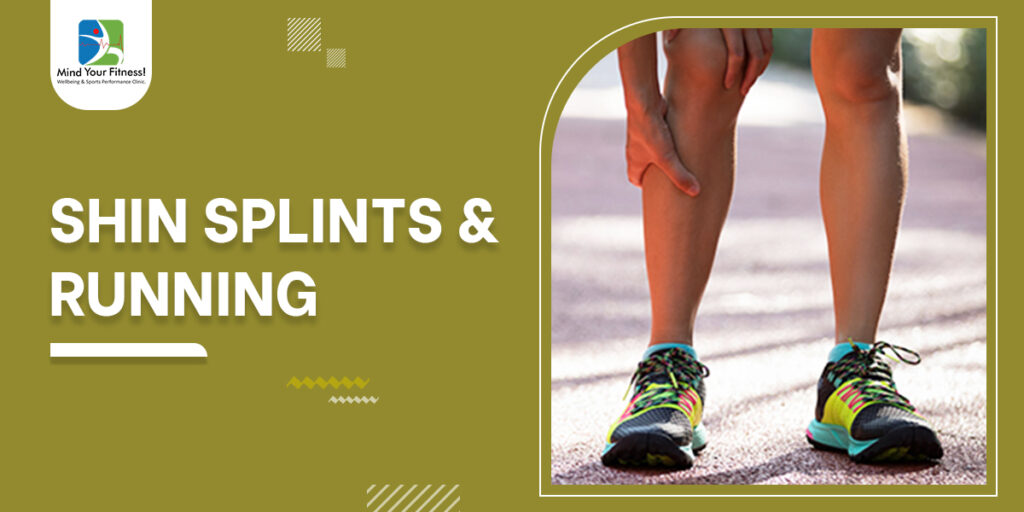
Lower leg pain can also present in the form of pain in the shin. This condition is called Shin Splints.
Intensity of the pain depends on the level of activity or muscle strain caused in the lower leg muscles.
Runners and sprinters are the most affected with shin pain.
Causes of Shin splints/shin pain:
- Muscle overuse.
- Tibialis anterior muscle strain.
- Repetitive stress to the connective tissue of the legs.
- Lack of ankle muscle strengthening.
- Lack of stretching.
- Lack of ankle joint mobility.
- Improper foot ankle biomechanics.
- Flat foot issue in feet.
- Lack of warm up exercises.
- Sudden running or brisk walking activity in non-exercising individuals.
- Running on uneven terrain/uphill/downhill.
- Sudden change in intensity of training routine.
- Training or running in tight or ill-fitting shoes that decrease ankle mobility.
- Lack of recovery time for muscles between runs/walks.
Other secondary causes can include:
- Leg length discrepancy.
- Hip muscle strength weakness.
- Core muscle weakness.
- Prolonged standing.
- Obesity related leg pain.
- Stress fracture of the tibia bone in extreme cases.
With what symptoms do shin splints present?
- Tenderness and pain below knee.
- Inability to walk or run.
- Worsening of front of leg/shin pain with weight-bearing exercises.
- Occasionally there is bruising around the shin.
Does shin pain hinder performance or physical activities?
- Shin pain usually disappears with discontinuation of the activity that causes it to aggravate. Eg: running.
- Activity should be stopped once pain initiates.
- If the pain continues even after rest or recovery and limping happens, it is advisable to consult with a physiotherapist or an orthopaedic doctor to rule out stress fracture.
Management of shin pain:
- Rest after activity.
- Cold pack application/ cryotherapy.
- Stretching of leg muscles after exercise.
- Adequate warm up phase before running.
- Foam rolling the muscles.
- Change of ill-fitting shoes & wearing shoes as per foot alignment.
- Customised insoles to be worn in shoes for flat feet or high arched foot type.
- Adequate strengthening and resistance training exercises to build lower limb and back muscle strength.
- Wearing compression support or socks in cases of extreme pain.
- Sports taping by a physiotherapist.
Dr. Janhvi Vayada – Clinical Sports Physiotherapist





